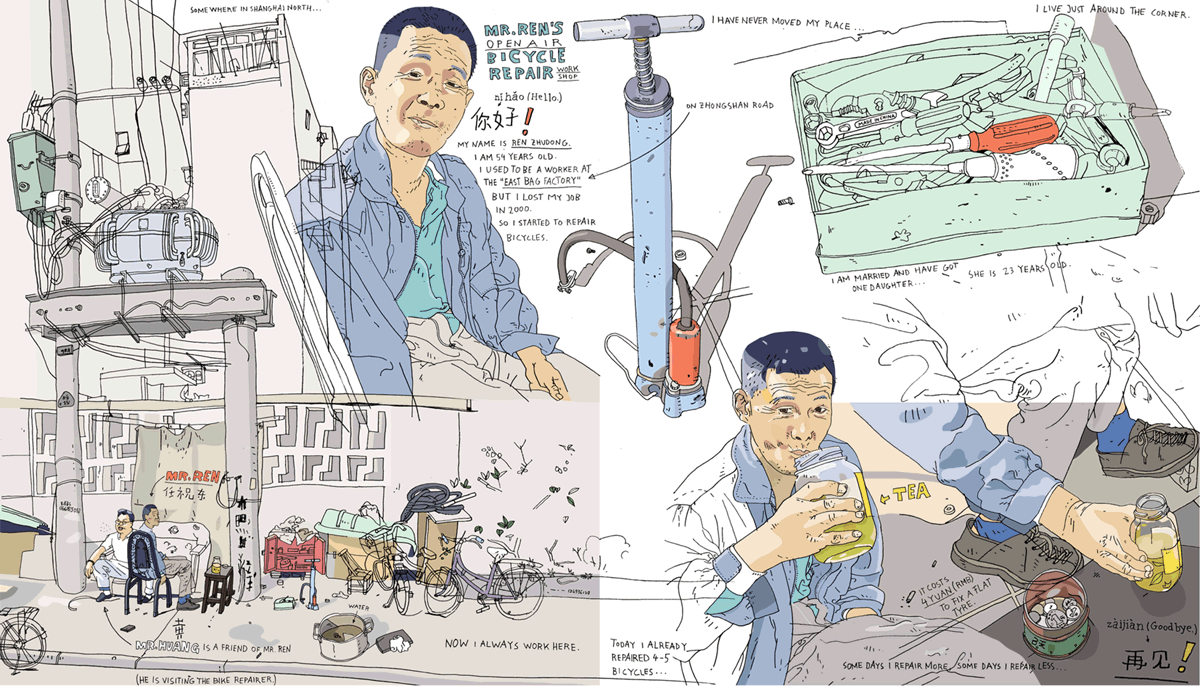How does text affect an image and the emotion of an image?
An image by itself can say a thousand words, but many times adding text to it changes its meaning completely. A painting I have always loved (as I have always loved the artist that made it) in its apparent simplicity and extremely deep meaning is René Magritte’s “La trahison des images” (‘The treachery of images’). The painting shows a pipe, and if it had been left at that it would have been simply an extremely realistic drawing of a pipe. But below it are the words “Ceci n’est pas une pipe” (‘This is not a pipe’). These words alone give the image a whole different meaning: it is not a pipe, it is a painting of a pipe; five words indicate the concept that, however accurate a drawing or painting is, it is still a drawing.
Sometimes it can be the title of an artwork that completely changes its meaning. Once in an exhibition I saw a gorgeous photo (unfortunately I didn’t write down the name of the artist and can’t seem to find it anywhere) that showed a person standing on the edge of a pond or lake, skimming stones on the surface of it. The photo in itself was beautiful, but what hit me was the title: “Trying to make squares on the surface of a lake”.
An illustrator that uses a lot of text is the well known Olivier Kugler. His works tell the stories of the people he draws not only in images, but in a lot of words. While I find them interesting to look at, I think sometimes so much text can be overwhelming and gives the feeling of trying to compensate for something. His images are one with the text that accompanies and complement them, but I think I generally prefer straightforward, good drawings.
Text can revolutionize the meaning and the feel of an image, but sometimes a great drawing can talk without any additions.




No comments:
Post a Comment